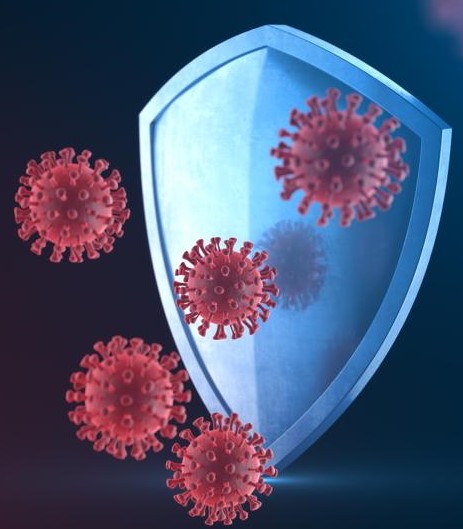Mutations in the gene encoding Selenium Binding Protein (SELENBP1) on chromosome 1q21 were found in multiple individuals with extra-oral halitosis. These individuals had increased levels of methanethiol and dimethylsulfide in their breath perceived as unpleasantly cabbage-smelling. It was reported to worsen after drinking beer.
The mutations responsible include rs1553204817 (OMIM: 604188.0001: c.1039G>T); rs758495626 (c.673G>T (p.Gly225Trp)), rs1357490520 (c.481+1G>A disrupting splice site), and rs1553204840 (c.985C>T)
SELENBP1 was identified as a methanethiol oxidase (MTO), catalyzing the conversion of methanethiol (H3C-SH) to hydrogen sulfide (H2S), hydrogen peroxide (H2O2) and formaldehyde (HCHO). If this enzyme is not properly functional, the body will be releasing more Methanethiol - a volatile and toxic gas with the characteristic smell of rotten cabbage. We get this compound from food - not only the cancer-fighting cabbage family, including radishes, but also orange juice, pineapple, strawberries, asparagus, wheat bread, gruyere cheese, coffee, roasted filberts and even cooked rice. Water, cherries, apples, whole milk, spinach and citrusy fruits could counteract the odor in some individuals.
Selenium binding protein1 (SELENBP1) has been also associated with a rare disease hypermethioninemia (sometimes accompanied by learning disabilities and neurological problems), several cancers and schizophrenia (downregulated at its onset and upregulated at later stages); hypertension and ischemic heart conditions. Dysregulation of SELENBP1 is common to Zika virus (ZIKV) and dengue infections, and Guillain-Barré syndrome. It was also found to COVID-19.
REFERENCES
Pol A, Renkema GH, Tangerman A, Winkel EG, Engelke UF, De Brouwer AP, Lloyd KC, Araiza RS, Van Den Heuvel L, Omran H, Olbrich H. Mutations in SELENBP1, encoding a novel human methanethiol oxidase, cause extraoral halitosis. Nature genetics. 2018 Jan;50(1):120-9.
Philipp TM, Will A, Richter H, Winterhalter PR, Pohnert G, Steinbrenner H, Klotz LO. A coupled enzyme assay for detection of selenium-binding protein 1 (SELENBP1) methanethiol oxidase (MTO) activity in mature enterocytes. Redox Biology. 2021 Jul 1;43:101972.
Lin X, Lin Z, Zhao X, Liu Z, Xu C, Yu B, Gao P, Wang Z, Ge J, Shen Y, Li L. Serum SELENBP1 and VCL Are Effective Biomarkers for Clinical and Forensic Diagnosis of Coronary Artery Spasm. International Journal of Molecular Sciences. 2022 Oct 31;23(21):13266.
Chau EJ, Mostaid MS, Cropley V, McGorry P, Pantelis C, Bousman CA, Everall IP. Downregulation of plasma SELENBP1 protein in patients with recent-onset schizophrenia. Progress in Neuro-Psychopharmacology and Biological Psychiatry. 2018 Jul 13;85:1-6.
Zhang X, Hong R, Bei L, Hu Z, Yang X, Song T, Chen L, Meng H, Niu G, Ke C. SELENBP1 inhibits progression of colorectal cancer by suppressing epithelial–mesenchymal transition. Open Medicine. 2022 Jan 1;17(1):1390-404.
Moni MA, Lio’ P. Genetic profiling and comorbidities of zika infection. The Journal of infectious diseases. 2017 Sep 15;216(6):703-12.
de Melo CV, Bhuiyan MA, Gatua WN, Kanyerezi S, Uzairue L, Abechi P, Kumar K, Rahmat J, Giwa A, Mwandira G, Olamilekan AM. Transcriptomic dysregulations associated with SARS-CoV-2 infection in human nasopharyngeal and peripheral blood mononuclear cells. bioRxiv. 2020 Jan 1.
Albert-Puleo M. Physiological effects of cabbage with reference to its potential as a dietary cancer-inhibitor and its use in ancient medicine. Journal of ethnopharmacology. 1983 Dec 1;9(2-3):261-72.









